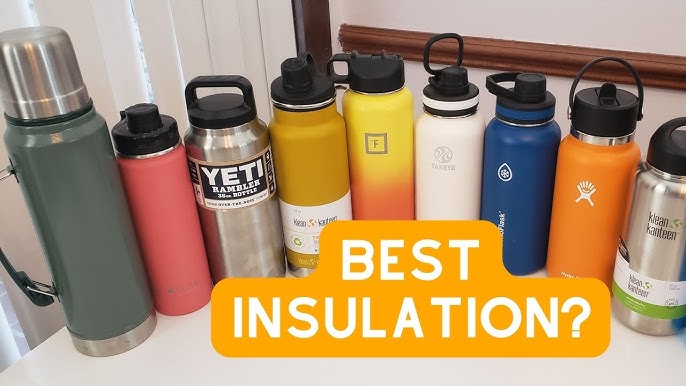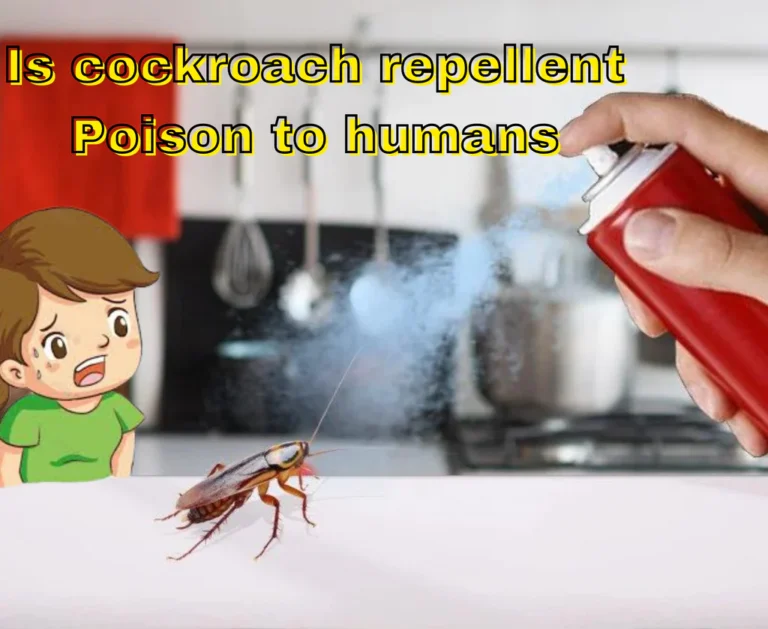
Washing your reusable water bottle daily is encouraged, especially if you use it for beverages other than water.
Imagine carrying a faithful companion with you everywhere: your reusable water bottle. It goes with you to the gym, to work, to school… But have you ever wondered what happens inside it? Even if you can’t see it, your bottle can become a home for a large number of bacteria if you don’t clean it regularly.
Water bottles, no matter how clean they may look, come into contact with our hands, bags and other surfaces throughout the day, accumulating bacteria and other contaminants. That’s why it’s essential to establish a cleaning routine to ensure that your bottle is always an ally in your hydration and not a source of infection.
The good news is that keeping your water bottle clean is easier than you think. With a few steps and a proper cleaning routine, you can enjoy fresh, safe water every time. Read on to find out how!
Here’s how to clean water bottles of all shapes and sizes to eliminate bacteria, odors, unpleasant tastes, and buildup, once and for all.
How often should you wash your water bottle?
It is important to thoroughly clean your water bottle once a day to keep microbial growth to a minimum and ensure that the water you drink is healthy, fresh and tasty.
Your frequency of use contributes to how often you should wash your reusable water bottles . If you are drinking constantly throughout the day, you may want to wash it more often.
How do you clean the inside of a water bottle?
“Using warm, soapy water will clean all types of water bottles, including metal, glass and plastic ,” explains Britnee Tanner, cleaning expert and professional organizer.
“Unfortunately, plastic and silicone water bottles can absorb the smell of dish soap more than other materials . Avoid this by using less soap or using a fragrance-free soap.”
How to disinfect correctly?
Whether a water bottle sanitizes depends on the material it is made of and whether it contains special or electrical components common in smart water bottles.
If it’s made of durable tempered glass or metal, add a little dish soap and very hot water and let it sit for a few minutes to dissolve the grime before using a bottle brush.
Silicone and metal straws are disinfected by boiling; however, plastic straws and materials should not be exposed to water at or near boiling temperature.
Plastic and silicone bottles are disinfected by filling them with warm water and adding a few drops of dish soap and a teaspoon of bleach (or equal parts baking soda diluted in vinegar) to kill bacteria and viruses.
Not only is this method easy and inexpensive, it works on all types and styles of reusable water bottles. If you’d rather forgo bleach, consider using bottle sanitizer tablets once a week as an alternative.
Regardless of the method, it is very important to thoroughly rinse reusable water bottles after sanitizing them.
How to clean a water bottle
Tools and Supplies:
- Fragrance-Free Dish Soap Using unscented dish soap is especially important for plastic, silicone, and other synthetic water bottles , as they absorb odors and flavors more than glass or metal.
- Bottle Brush. A high-quality bottle brush with strong, durable bristles is very useful. It reaches the deepest and narrowest parts of the water bottle, freeing them from debris, buildup, and microbial growth.
- Disinfectant tablets. An effortless method of disinfection is a bottle disinfectant tablet. Simply place it in a full bottle of water, wait for it to dissolve, and rinse thoroughly.
- Household ingredients. Adding equal parts baking soda and white vinegar is a powerful DIY way to rid your bottle of bacteria and viruses, or you can rinse with very diluted bleach. If you choose the latter, the standard formula is one teaspoon of bleach per 16 ounces of water.
Instructions
Empty and disassemble your water bottle. Remove all removable components, such as the lid and straw and even the bottle handle, if it has one. Germs love dark crevices and hard-to-reach corners, so it’s especially important to thoroughly clean areas like lids.
Prepare your cleaning solution. Give your bottle a hard rinse. Then, fill it with warm water and add your cleaning product of choice, whether it’s a bottle sanitizer tablet, dish soap, very diluted bleach, or a baking soda and vinegar solution. Depending on how dirty, smelly, or bad-tasting your water bottle is, let the solution sit for a few minutes .
Get out your bottle brush. Scrub the bottle with a brush, making sure to distribute the cleaning solution along the curves, nooks and crannies of the bottle. Use a steady up-and-down motion, then rotate the brush clockwise and counterclockwise several times. The bristles will dislodge water buildup and scale.
Rinse well. Regardless of the cleaning solution you used, rinse each component of the water bottle thoroughly with warm water. Warm water helps dissolve both water and grease-based grime and makes cleaning the things you use every day a breeze .
Air dry. “Water bottles can be stored upright or in an organizer,” says Tanner. “Make sure to keep the caps resting on the water bottle or twisted loosely with the spouts open. Don’t squeeze the caps or close the spouts completely. The key is to allow air to pass through the main chamber, as this will keep your water bottles odor-free!”
How to Clean Water Bottles with Bite Valves
Water bottles with bite valves are especially popular among fitness fanatics and as back-to-school essentials for kids, but they’re notoriously difficult to clean.
First, remove the lid and separate each piece. If you see visible buildup or detect a noticeable odor, use a brush and any of the warm water cleaning solutions mentioned above to hand wash the pieces. Allow each piece to air dry before reassembling.







